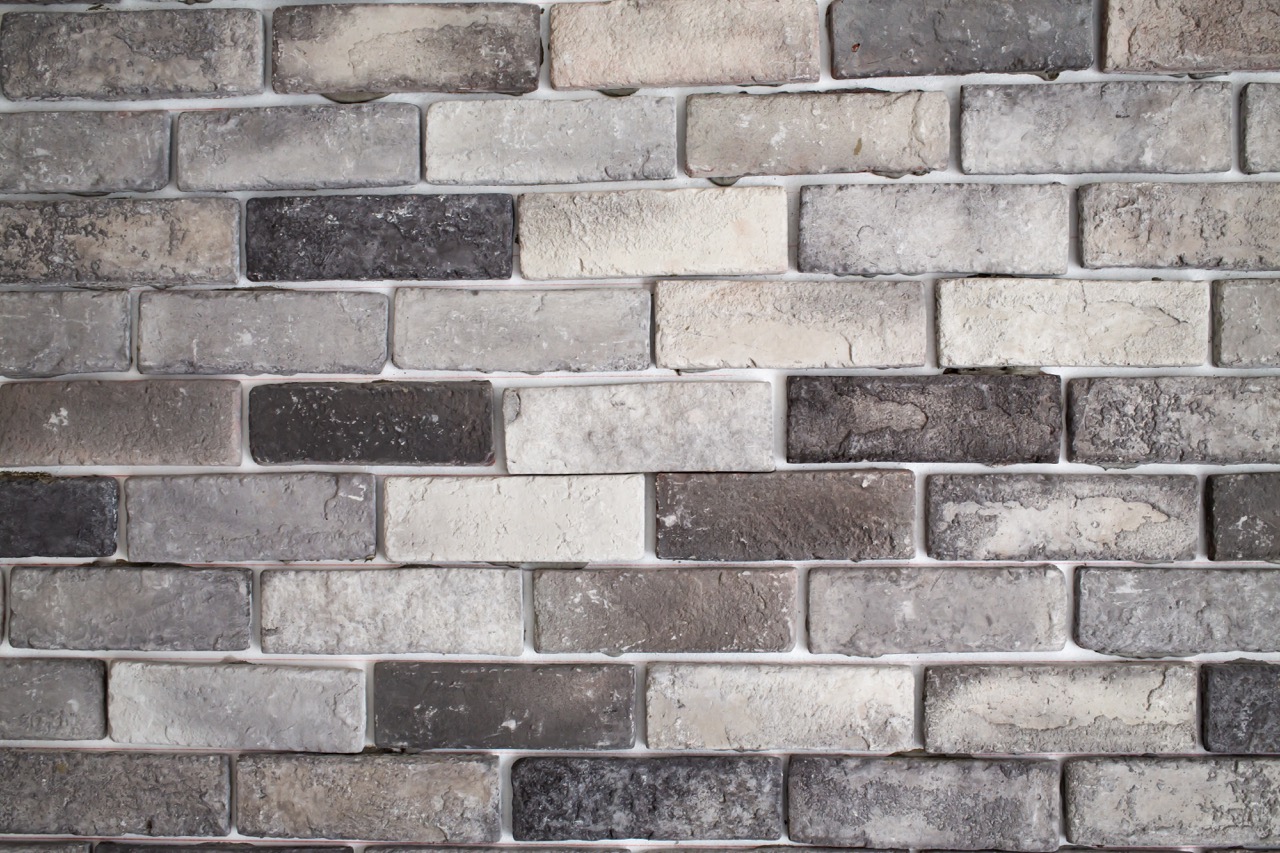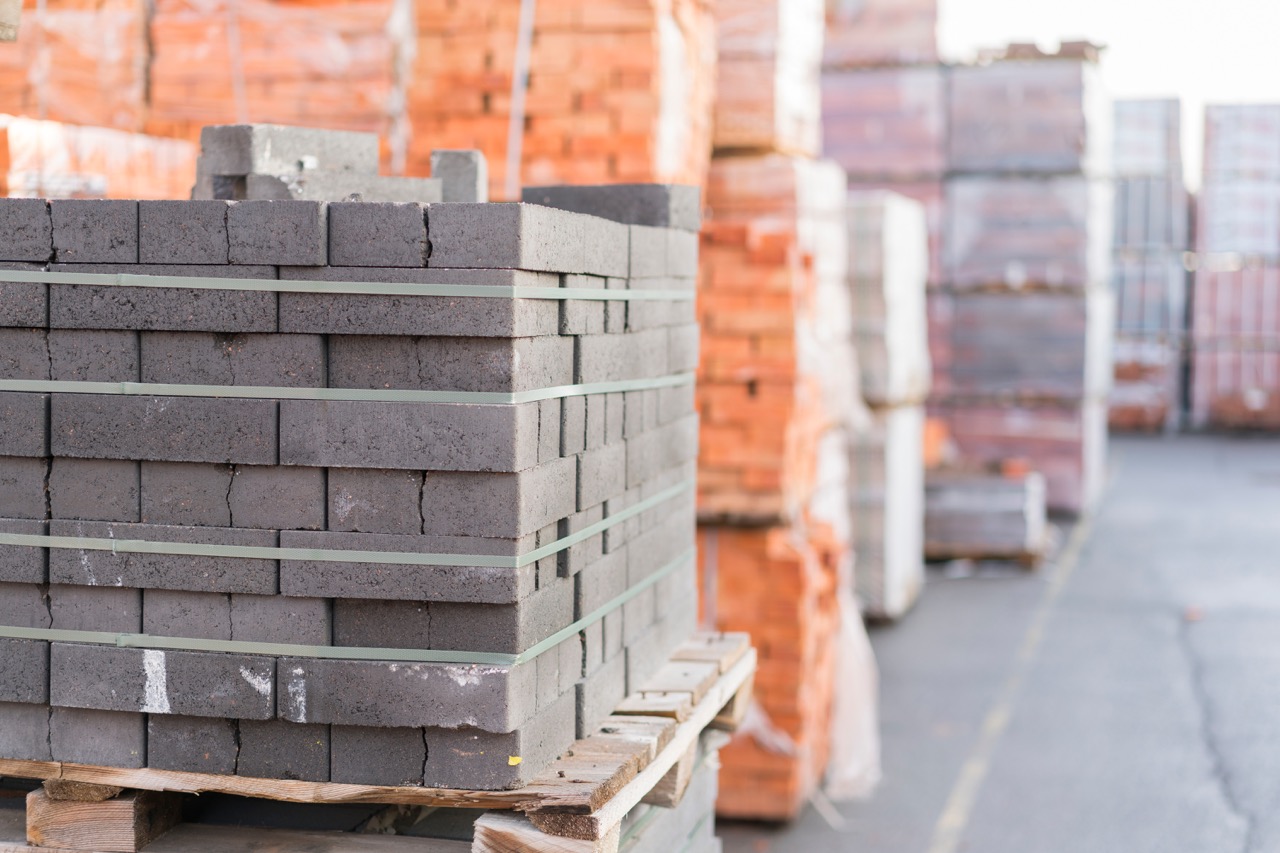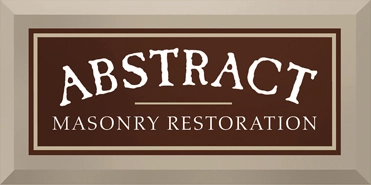Some of the oldest buildings built by humans are still standing today. Despite the region, local climate and even differences in culture of the people that built them, they were all constructed using the same base material:
Stone As A Building Material
Stone offers some wonderful properties, the stone is;
- Abundant
- Fireproof
- Weather-resistant
- Long-lasting
- Low Carbon
- Aesthetically appealing
You can see examples of construction with stone everywhere. Even the Egyptian pyramids and the Great Wall of China are some examples of stonemasonry. But despite the popularity and all the good things that come from building with stone, there can also be a hefty downside.
Stonemasonry Disadvantages
Stonemasonry, like in all things, is not without its drawbacks
- Stonemasonry can be expensive and require special labor
- Larger stones can be heavy
- Time-consuming
- Poor seismic resistance
- Difficult to repair
Amidst its list of cons is a simple truth that nothing can last forever. The deterioration of stone does happen.
What Causes Stone Deterioration in Masonry
Chipping
Chipping is when a fragment of masonry is separated from the overall structure. This may be caused by;
- Later repairs/alterations using too hard a mortar
- Accident
- Vandalism
Pitting
The preexistence or development of small cavities in stone. Pitting can occur because of;
- Weathering/erosion
- Improper mixing/curing of materials
- Abrasive Cleaning
Erosion
This is when the face, corners, edges, or details of the stone surface are weathered away from;
- Coarse, windblown particles
- Water
- Wind itself
Crumbling
Broken-up or dissolved brittle masonry is known as crumbling and can be a result of;
- Weak masonry materials
- A dissolving binding agent
- This could also be caused by moisture or other outside factors
Delamination
Delamination is when the stone’s outside surface splits into thin layers that begin to peel away. Sedimentary stones are more prone to this damage because of their composition, when the layers break away, they do so following the stone’s natural plane. This is worsened when a stone is placed perpendicular to its original formation. With the wrong orientation, it is exposed to worse weathering conditions and is more prone to delamination.
Microfloral/Vegetative Growth
Plantlife growing on and around a structure can ruin stonework in many ways;
- Plants hold water, keeping stone damp and leading to damage
- Plantlife also secretes harmful acids to stone and cause decay
- Roots can dislodge stones
- Some people dislike the visual aesthetic of growth over stone
Subflorescence
The hidden accumulation or build-up of soluble salts under the surface of the stone is known as subflorescence. This happens when;
- Trapped moisture under the surface evaporates
- Pressure builds up due to constant thawing and refreezing
This gradual deterioration and build-up in pressure cause the outer surface layer of the stonework to break off, or spall.
Spalling
Spalling is when outer layers of the stone begin to flake off or break away, exposing the rough inner surface of the stone. Spalling happens when;
- Subflorescence takes place
- Stone isn’t laid properly
- Too hard a mortar was used
- Improper, rough cleaning occurs
Rising Damp
Rising damp is when moisture is sucked out of the ground into porous stones. From there the water travels upward from dry to wet stone, potentially carrying harmful salts with it, causing subflorescence and early decay. A common cause of rising dampness in older stonemasonry is improper drainage.
Weathering
Stone will naturally erode over time. This damage is most notable on sharp edges, carved and projected details. Weathering is natural and will happen over time. Some example causes are;
- Being carved by the wind
- Damage brought on by rain or other wet conditions
- Dramatic changes brought on by climate change
- Cyclical weather that comes on with the changing of the season
Most items on this list can be examples of weathering.
Stone materials used in building can be just what you are looking for or they can be your worst nightmare. Know the potential risks and benefits before starting any construction project and be aware of future signs of failure. Know what to look for and how to act when signs of deterioration come about.






